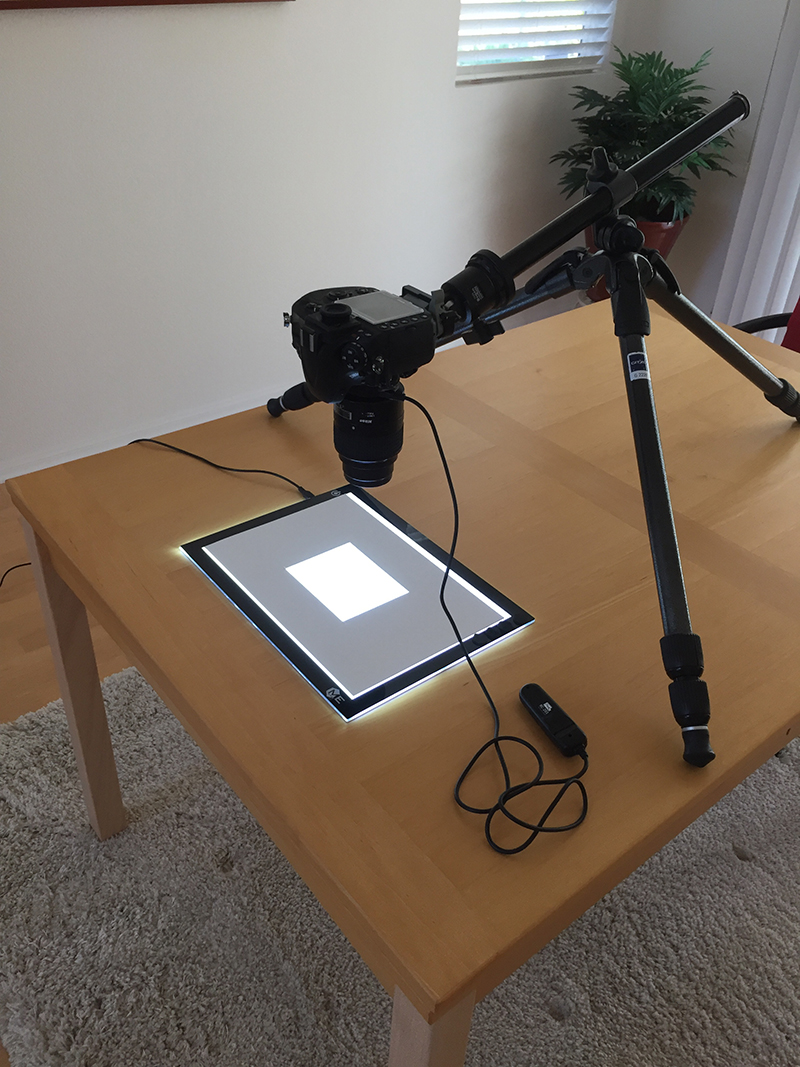This is from a long time ago now, but it shows using HDR techniques with a dslr film scan:
http://peterdesmidt.com/blog/?p=657
The question is whether that would help. It looks like the shadows are completely captured, i.e. the histogram extremes, at least on the shadow side, seem captured by the D800e scan, what's gone is the variation in the dark areas that the Tango captures. Look at the shadowed forest floor, for comparison. This could be due to processing, or a loss of shadow detail due to flare, or, as Pere suggests, simple lack of dynamic range, i.e. the shadows fall on the toe of the camera's response curve. Regarding processing, I would avoid all use of clarity, structure,.....,in raw processing. The negative needs to be very well masked for stray light, the room should be dark, and no bright surfaces should be able to affect the image. The lens needs to be very clean, and the interior of extension tubes, bellows.....should be checked for any shiny surfaces. (This is often a problem with macro photography. The serious macro people often put light absorbing baffles inside extension tubes.) My guess is that flare is causing the most significant loss of shadow detail in this case.
DSLR scans are, in my experience, better suited for scanning negatives than for scanning underexposed Velvia.



 Reply With Quote
Reply With Quote




Bookmarks